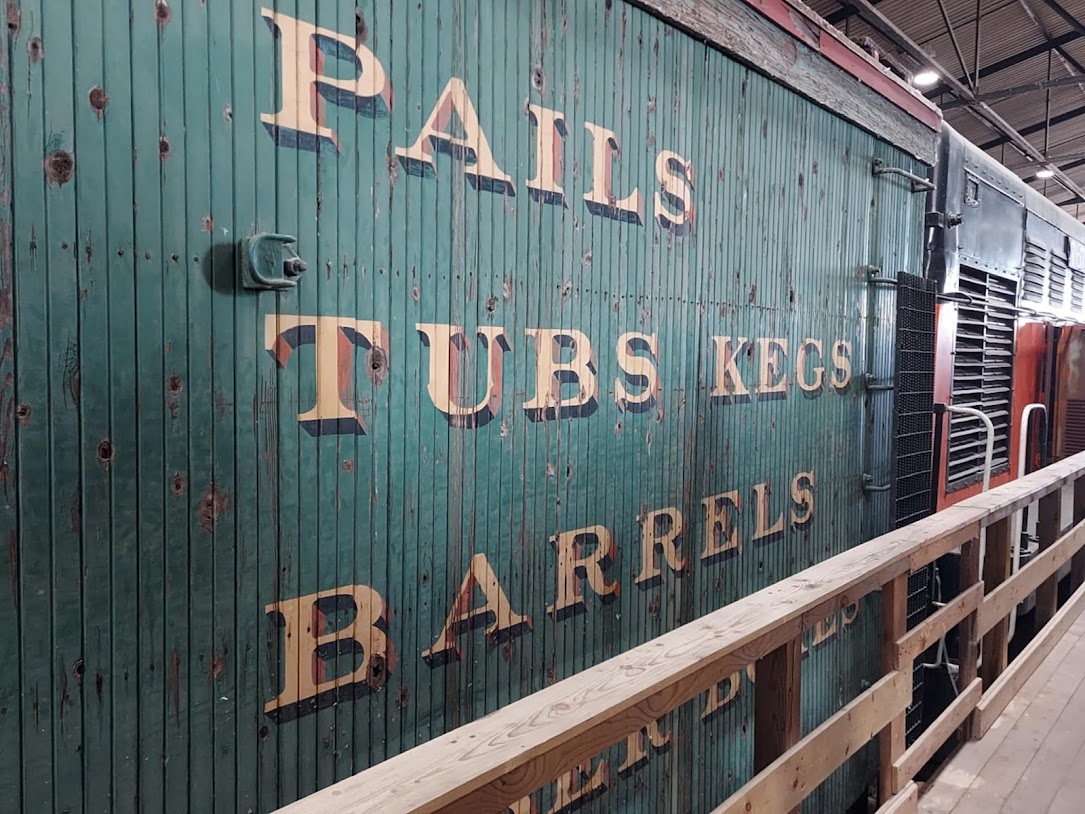Saturday, October 19, 2024
huh, it turns out, Galpin and the Autopian.com share a media center production thing, and Galpin has just gotten started on making documentary videos about Porsche, starting with Magnus, then Matt Farah, then Bruce Meyer (when are they going to get Seinfeld?)
if a person ever stops learning, it's likely because they stop being interested in things that are new - outside the day to day rat race grind. Today, I learned of the 8 units built of the Uren Stampede, essentially a British Ford Capri answer to the Shelby Mustang,
the Uren Stampede was developed by British Saloon Car Championship-winning race car driver Jeff Uren, with development assistance from British Formula 1 driver John Miles.
British racing driver Jeff Uren had deep ties with Ford, having won the 1959 British Saloon Car Championship driving a modified Ford Zephyr before becoming the Ford UK competition manager for a number of years in the early-to-mid-1960s.
Thanks to his contacts at Ford, Jeff was able to source not just any old Ford V8, but the high-performance Boss 302 V8.
He would call these cars the Uren Stampede and they wouldn’t be his first specials, they followed in the footsteps of the Uren Navajo, a high-performance Ford Escort, and the Uren Savage, a Ford Cortina powered by a Weslake-tuned Ford V6.
The performance was astonishing for the time, powered by a Boss 302, along with the close-ratio 4-speed Toploader transmission, with a 0-60 mph time the same as a Ferrari Daytona and quicker than a V12 E-Type Jaguar.
a Pace CB-166 23 channel CB radio with a plug-in walkie-talkie and a Pace 10-4U police scanner that was owned by Burt Reynolds and signed by him, offered as a single lot by Julien’s as part of their upcoming auction in November.
this is pretty amazing... an art history major over at Autopian realized how the abstract painter Mark Rothko had painted a bunch of taillights.
How stupid is that? just like his stupid paintings... useless snob bullshit colors erudite rich people can stare at and pretend to understand more in depth than each other
schematics of the Mark VII tank, which appeared in the movie Indiana Jones and The Last Crusade, with handwritten notes
Three photographs depicting the production's finished model of the tank accompany the schematics.
https://propstoreauction.com/lot-details/index/catalog/399/lot/146132
1910 Lorraine-Dietrich FJ/24 24hp Four-Cylinder Double-Phaeton coming to auction next month at Bonhams Golden Age of Motoring auction
I haven't posted the brass era stuff in a long time... but it's just as cool to me as the muscle car and hot rod stuff. This one looks like someone just made it
Sox and Martin, with the Car Craft Project Hemi 'Cuda the Chief Blue Meanie is incensed when he sees the hills and trees returning to their proper colors at the sound of their music; he sends his fiercest weapon
Very very odd art on the side of the Hemi 'Cuda, it's the "Dreadful Flying Glove" from the land of the Blue Meanies from the Beatles movie, The Yellow Submarine.
the "Dreadful Flying Glove" is the fiercest weapon of the the Chief Blue Meanie https://en.wikipedia.org/wiki/Blue_Meanies_(Yellow_Submarine)
It was an early build car with the VIN BS23R0B111678
Friday, October 18, 2024
ever wonder how people can be so ignorant of the condition, and obvious safety issues with their vehicle? I see at least one flat tire a week on the interstates while commuting, for example, and this moron
I saw this hood existing only because of the safety latch... how long it can keep that hood from flying up I don't know, and didn't wait behind this car to find out
Hurst (not Oldsmobile) provided the pace car for the `72 Indy 500, and outfitted some Vista Cruisers with the same equipment as the pace car(s). The wagons were used for doctor cars and press cars.
Hurst supplied the speedway with at least a couple of Hurst/Olds Vista Cruiser station wagons labeled “Medical “ as well as “Press and Photographer”.













.jpg)
.jpg)
.jpg)

.jpg)

.jpg)
.jpg)
.jpg)
.jpg)
.jpg)
.jpg)
.jpg)























